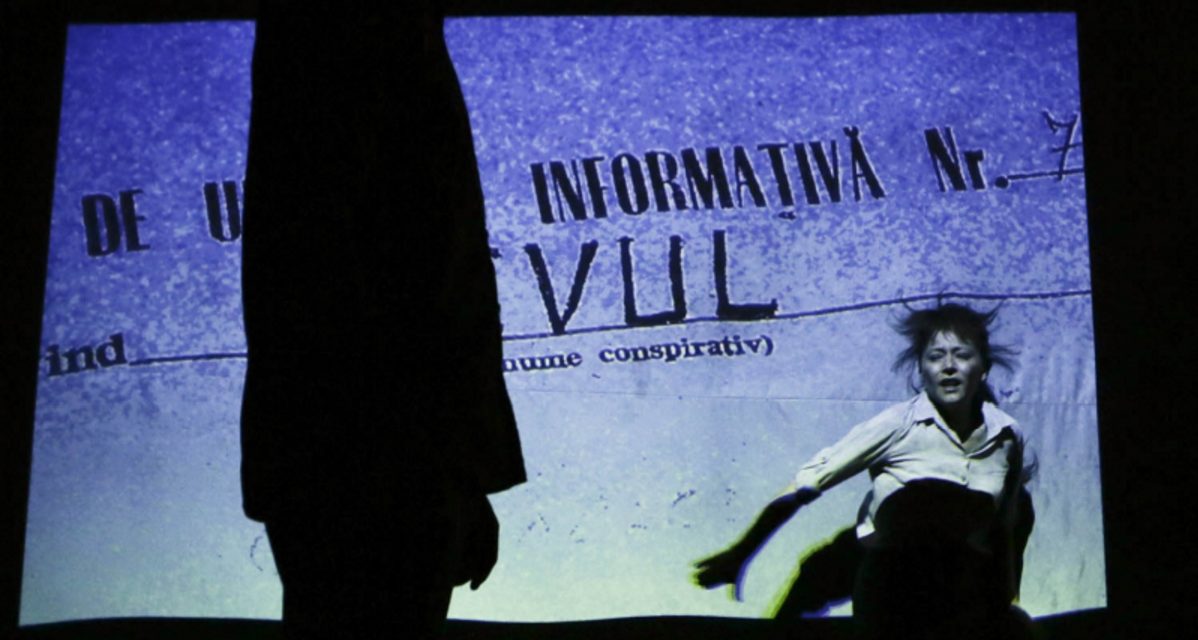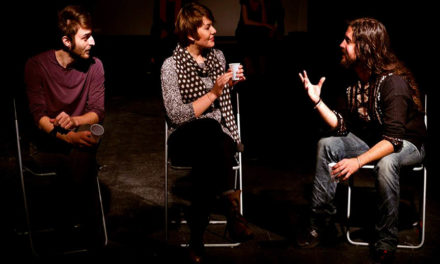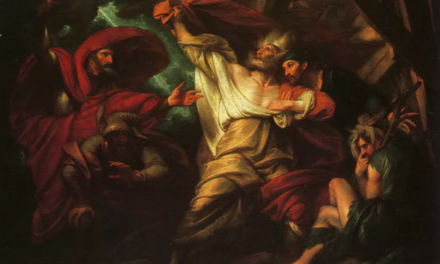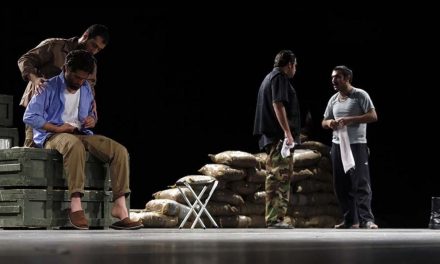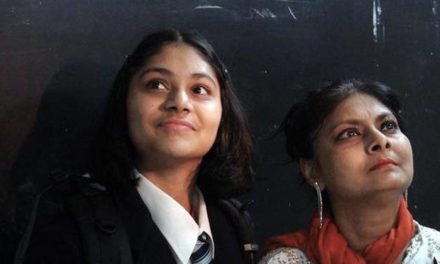In key historical moments, theater, as the most political of all arts, is one of the best ways to mirror and even shape societies, especially when they are caught in the midst of changes. There are signs that Romanian theater is now going through such a moment when the artists are driven more than ever to speak about the imperfections of the world they live in, trying to become again the conscience of a society that is badly in need of them.
A powerful trend in Romanian new drama in the past few years is the re-discovering of the recent past, a sort of expanded journalistic documentation on issues of vital interest for the development of the Romanian society, issues which are strangely avoided by newspapers and mass-media in a general context of mass-media degradation and frequent obstructions of the freedom of expression. Breaking off with dramatic authors in the traditional sense of the word – people whose craft was writing for the stage and whose work depended solely on the affinity with the actors and the directors who were supposed to stage their plays once written -, a new generation of playwrights and directors developed a collaborative working style which generated the most relevant productions on the Romanian stage in the past ten years.
DramAcum movement (which translates as drama now/ instant drama/ and can be interpreted as “theater of urgency”) was launched in 2002 and it emerged from the National University for Theater and Film in Bucharest. It started as a contest organized by a group of students who were about to graduate the directing school and were not happy with the Romanian plays they could find as working material. So they decided to search for new voices and organized a contest with the help of one of their professors, Nicolae Mandea. The dramAcum founders are Andrea Vălean, Gianina Cărbunariu, Radu Apostol, Alexandru Berceanu, but in time a lot of other young Romanian theater people associated themselves with the movement. dramAcum also had a “baby”, tangaProject, initiated by the next generation of young directors graduating in 2005 (David Schwartz, Bogdan Georgescu, Vera Ion, Miruna Dinu, Ioana Păun, with an accent on community-based theater). From this group another interdisciplinary movement developed in 2006 – The Generosity Offensive – with a focus on building community awareness through theater.
The dramAcum contest was an unexpected success because it generated lots of new plays and translations of contemporary drama from different languages – English, German, French, Russian, even Swedish, Bulgarian and Norwegian – which in time enriched the repertories of all theaters in Romania. At the same time, it inspired the next generations of artists to build their own independent projects and to work in groups based on affinities, in a context not very encouraging for such initiatives; it helped to structure an independent, non-institutionalized theater movement that did not exist before 1989 in Romania, as it did in other countries from the Soviet Block. Artists coming out of this movement compose nowadays the most alive, innovative and creative segment of the Romanian theater. The movement raised the interest of a new generation for theater, thus creating in the past decade a new audience, one interested in real life subjects and an open, direct theatrical approach. After years of being avoided (because of its bad famed relative, the social-realism of the communist Era), realism was back in a new form thanks to dramAcum. Young playwrights prefer it, so that they can address the real problems of contemporary life they are confronting every day.
Years later, a documentary theater is relevant for today’s Romanian society which is caught in the globalization’s whirlpool because it maps out new issues in a new post-global context. The theater of the new generation in Romania already has a couple of characteristics which defines it and connects it to a history of socio-political theatrical movements: the socially relevant themes, in some cases more evident, in others more nuanced; professional documentation, the use of methods inspired by the journalistic practice, followed by dramatization and team editing of the material included; the collective process of work, based on equally important inputs, in which hierarchies disappear and the limits between “creative departments” blur; methods of involving the spectators and provoke the audience’s immersion, either by directly addressing it, or by placing it in the performing space, as well as components of creative artistic activism.
Adapted from the New Theatre Quarterly theater magazine (November 2013). Reposted with permission of the author.
This post was written by the author in their personal capacity.The opinions expressed in this article are the author’s own and do not reflect the view of The Theatre Times, their staff or collaborators.
This post was written by Cristina Modreanu.
The views expressed here belong to the author and do not necessarily reflect our views and opinions.

